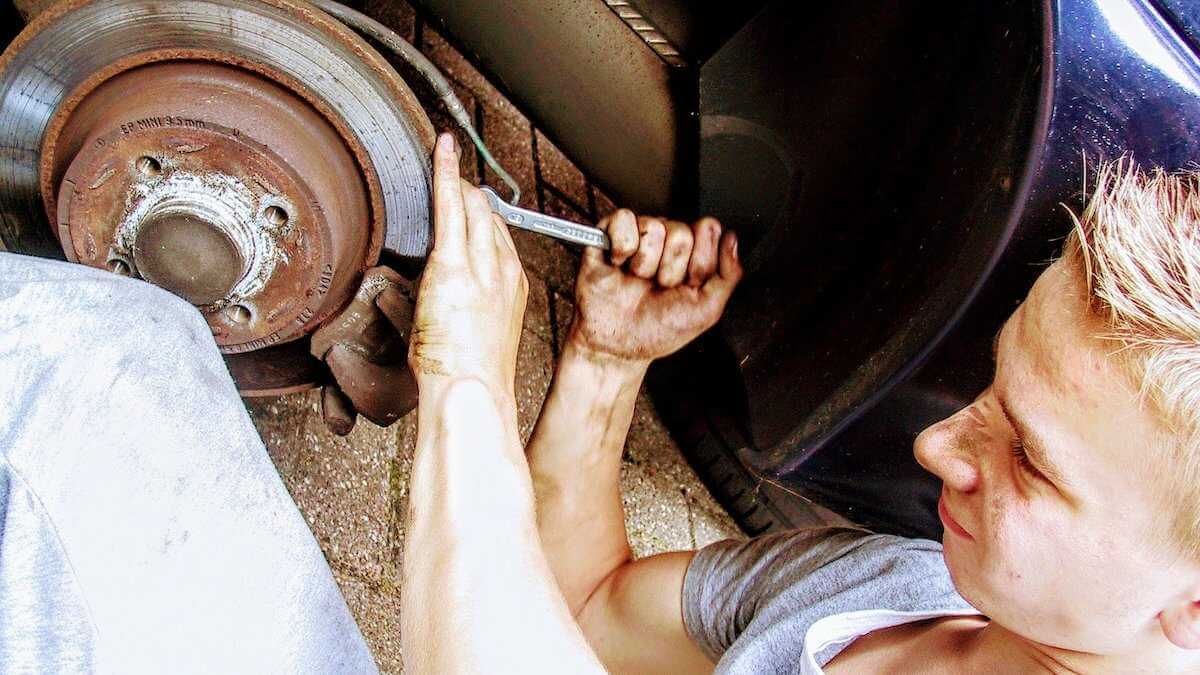When you own a car, you need to take it to a mechanic for routine maintenance. Regular car maintenance ensures your vehicle remains in good condition, preventing it from breaking down prematurely. Poor car maintenance can drain your pockets. However, there are some maintenance tasks you can do by yourself and save some cash. Read on to understand some of the simple DIY car maintenance tasks.
Change the Oil
Changing your car’s oil is one of the essential car maintenance tasks. According to experts, you need to change your car’s engine oil every 3000 miles. You can also use the best OBD scanner to check if your engine oil has issues. Otherwise, your car’s engine will stop functioning properly. Dirty oil can also make your engine overheat, causing more problems.
When changing your engine oil, ensure you know the oil recommended for your engine. Also, ensure you have the necessary tools, including a wrench, funnel, and racket. Before you begin, ensure your car’s engine is cool to avoid burns. Put your vehicle on jacks and look for the oil drain plug, usually found under the car. Place a drain pan beneath to collect the oil, remove the plug and empty the old oil. After draining the oil, return the plug and pour fresh oil through the appropriate hole.
Replace Your Filter
A car contains two air filters; engine and cabin air filters. An engine air filter mainly helps prevent dirty air from getting into your car’s engine. On the other hand, a cabin air filter helps to eliminate dust and dirt from your car’s HVAC system. Your car’s air filters need to be replaced every 30,000-40,000 miles.
If you don’t change dirty air filters, your engine may become too hot and stop functioning efficiently. In the worst-case scenario, the engine may overheat and set your car on fire. Meanwhile, a clogged cabin filter allows dust to enter the vehicle’s interior and settle on the heating unit. When dirt accumulates up to a certain level, its performance may reduce.
Replacing your car’s air filter is simple. First, you need to look at your car’s manual to know where it is located. After locating it, unscrew the cap, remove the dirty air filter, and put the new one in.
Replace Your Windshield Wipers
Windshield wipers help to clean your windshield, improving your visibility even in bad weather. If they get frayed, damaged, or twisted, they will not clean your windshield properly, preventing you from clearly seeing what is going on the road. In such a case, you may get involved in a car accident.
To ensure the wipers clean your windshield efficiently, replace them once they develop issues. The method of replacing windshield wipers differs from one vehicle to another since different cars come with wipers of different designs. Replacing windshield wipers with a pin or hook-and-slide design is quite simple. You need to unscrew the old wipers without using a special tool, then put the replacements in place, and tighten them.
Maintain Your Car Tire’s Pressure
Your car tires need to be properly inflated at all times. Proper tire inflation protects your car’s tire from wearing out prematurely. Therefore, ensure you go through your car’s manual and know the recommended pressure.
Checking your car’s tire pressure is quite easy, and you don’t need the help of a mechanic, allowing you to reduce your car ownership costs. First, you need to remove the dust cap from the valve, attach the pressure gauge, and record the reading. If your tires need more pressure, use your air pump or the equipment at a gas station to inflate them. However, if the tire is overinflated, remove the dust cap and allow some air to escape.
When the tires are properly inflated, remove the air pipe, inspect the valve for dirt, and replace the dust cover.
Clean Your Battery Terminals
If your car battery constantly dies, you may assume that you need to replace it. However, this may not be the case at all times. The first step you need to take is to check your battery using the best OBD scanner. You can also inspect the battery terminals for corrosion. Rusty terminals can affect your car’s charging system, reducing the performance of your car.
If the terminals have a little rust, you can clean them with baking soda and a hard wire brush. However, if the terminals have too much rust, replace them.
Replace Fuses
Fuses are components of your vehicle’s electrical system that are meant to blow out when your car experiences an electrical issue. If your vehicle’s fuses are worn out, you may experience several issues, including a broken turn signal, a constantly blaring horn, or the car refusing to start. When you experience these issues, you need to replace the fuses.
Replacing car fuses is simple. The difficult part is determining which fuse has blown. Check your owner’s handbook to locate your fuse box and begin testing the fuses one by one. Since most fuses are contained in clear glass or plastic, you just need to check whether there is a break in the fuse. If you locate the broken one, pull it out and replace it.
Final Words
You don’t have to break a bank to maintain your car. Use the DIY tips discussed above to keep your car in good condition and save some money.

